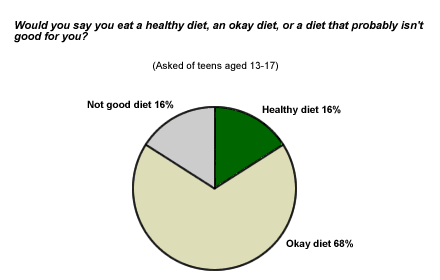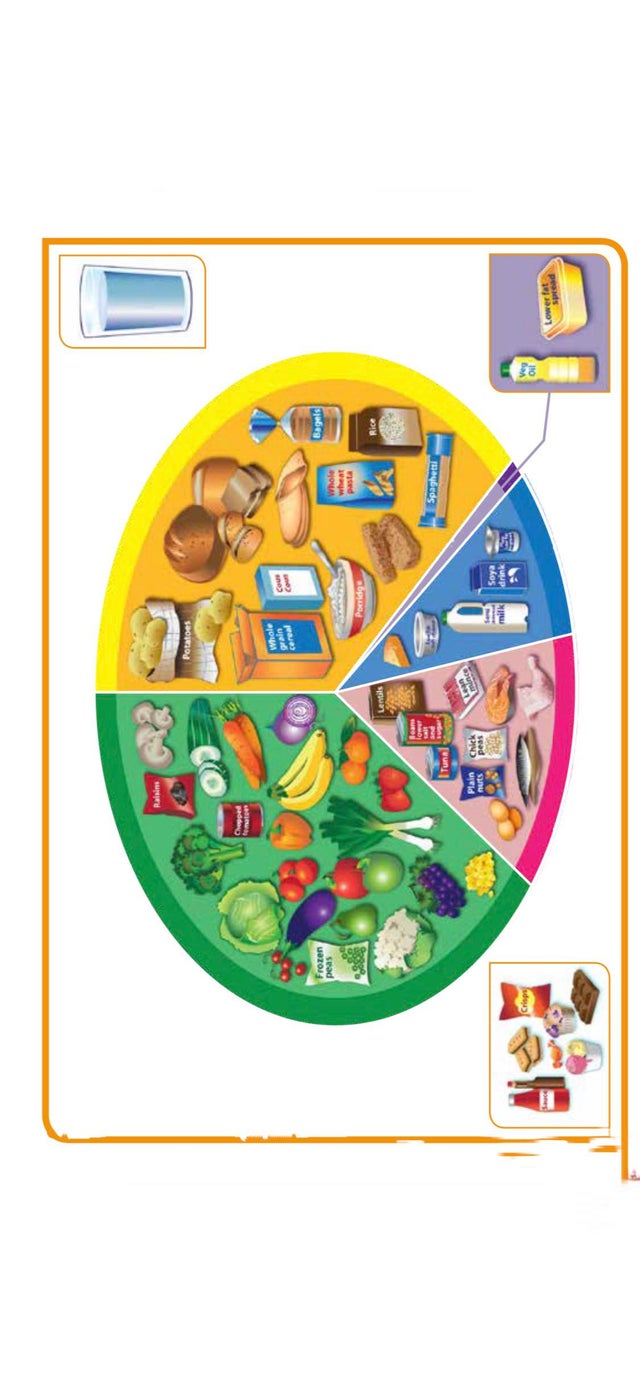
Mediterranean diet is a lifestyle modification that will help you lose weight, and keep your heart healthy. It contains more than a dozen different ingredients that are good for the heart, and it helps you live a longer and healthier life. These foods are high in calories but they're among the most healthy on the planet. And the best part is that you can eat as much as you want - just be sure to eat in the right portions.
A Mediterranean diet is based on the idea that eating a diverse variety of foods is the best way to prevent heart disease. This diet is rich in fruits and vegetables as well as healthy fats. Red wine and poultry are still allowed. The diet encourages eating whole foods rich in nutrients and limiting added sugars and sodium. It promotes a healthier lifestyle and healthy eating habits.

The Mediterranean diet has very low amounts of red meat. It also includes small amounts eggs and nuts. Research shows that eating these foods can lower your risk of heart disease by as much as 30%. Reduced risk of heart disease, stroke, dementia and other conditions can be found in the Mediterranean diet. There are also many other benefits, and you can find out more about them by reading this Mediterranean diet review. You can also create a new lifestyle by incorporating these foods into your everyday life.
A Mediterranean diet review from the American Heart Association shows that it has several benefits for your health. It can lower your risk of hypertension or ischemic heart diseases, and it's especially beneficial for those with diabetes. However, not everyone will be able to eat the Mediterranean diet. Women should limit the amount of wine they consume to one 5-ounce bottle per day; men should drink no more than two glasses. Another benefit of the Mediterranean diet is its moderate dairy consumption. It provides a high-fiber diet that's full of nutrients and fiber.
The Mediterranean diet has another benefit: it is high in fiber. Wholegrains, when compared to white bread, are more filling than refined flour. A Mediterranean diet is low-fat, but high in monounsaturated fatty acids. This makes it less likely that it will cause heart disease. It is lower in saturated and trans fat. In addition, a Mediterranean diet is rich in antioxidants.

The Mediterranean diet is rich in antioxidants. Studies have shown that the Mediterranean diet lowers the risk for stroke, Alzheimer's, dementia and other diseases. Its antioxidants also help fight harmful free radicals. The body is protected against free radical damage by antioxidants from the Mediterranean diet. These antioxidants have been linked to lower rates of certain types and cancers, as well as a reduced risk of developing cardiovascular disease. This Mediterranean diet review will discuss how to make the most of the Mediterranean diet for diabetes.
FAQ
Which workout is the most effective for men
It all depends on your goals. If you want to lose weight, cardio workouts are great because they burn calories faster than strength training exercises.
However, strength training can be beneficial if you only want to build muscle mass. It increases lean mass.
Both types have been proven to have benefits for your overall well-being.
If you're looking to get fit fast, I recommend doing HIIT or sprint interval training. This type of training can help you lose fat quickly and increase your metabolism. It will also help you stay motivated to train even when your body is tired.
How many calories should I consume daily?
It varies from one person to another. The average is 2000 - 2500 calories per day. You need to determine how many calories you need based on age, gender, height, weight, activity level, and lifestyle.
What does butter do?
Butter is a great source of saturated fats. This fat is good for hair and skin health, as well as stronger bones.
Vitamin K in butter also prevents bleeding from cuts, bruises and other injuries. Vitamin K and vitamin B work together to prevent any bruising.
Butter is also rich in minerals, including calcium, phosphorous, and potassium. These minerals promote stronger bones, teeth, and teeth.
Butter has its drawbacks. Butter contains high amounts of cholesterol. Some studies show that consuming too much cholesterol may increase the risk of developing cardiovascular disease.
Also, butter is high in saturated fat, contributing to obesity and increased cholesterol levels.
But if butter is a must, you can spread it on bread and not dip it in soups or salads. Bread will absorb more oil than pasta or potatoes.
What's a good routine for a daily workout?
Regular exercise is essential to staying fit. You don't have to do the same type of exercise every day, it doesn't really matter. The key thing is consistency. It is important to stay consistent in order to get results.
Begin with a small amount of daily exercise (like walking). Then gradually increase the time spent exercising until you spend 30 minutes a day working out. You can choose to run, swim, weight train, do yoga or take aerobics classes.
It is important to exercise every day of the week. If you have a reason to miss a session, don't skim it.
Wear appropriate clothing and footwear when exercising outdoors. Also, consider weather conditions and how they might affect your ability or safety while exercising.
Make sure that you drink plenty of water while you're exercising. Drinking alcohol at this time can lead to dehydration. Also, don't drink caffeine-rich beverages like tea, coffee, or cola. They may give you energy, but they will also dehydrate you.
When you first start exercising, you might feel tired after completing your workouts. But if your workouts are continued, you will feel more energetic.
What is the best 7-day workout program?
A seven day exercise program should include cardiovascular training (running or biking), strength exercises (using freeweights, weight machines) and one flexibility/core workout. It is important to complete each activity at least once weekly. The total time for each session should not exceed 45 minutes.
Cardiovascular Exercise: Running/Biking/Swimming
You should aim to get at least 60 mins of cardio exercise per week. To achieve the best results, aim to exercise for at least 75 minutes each week. Cardio exercise can stimulate blood flow and increase muscle growth.
Strength Training
Cardio exercises work on the heart and lungs. Strength training works on the muscles and bones. Strength training can help you burn calories even when you're not working out.
Flexibility & Core Workouts
Your whole body will be stronger if you have flexibility and core training. Yoga and Pilates are both excellent choices.
What is the best workout routine to build muscle?
You need to perform two types of exercises when building muscle mass. These are isolation exercises and compound moves. Isolation exercises target particular muscles, while compound movements focus more on several groups at once.
Choose exercises that test all your major muscle groups to improve your workouts. This ensures that each session is challenging.
To keep track of what you have done, use an app called MyFitnessPal. It can track everything from calories burnt to weight lifting. You can also create custom meal plans based on your goals.
Statistics
- According to the American Heart Association, blood pressure should be checked at least once every two years, beginning at age 20. (my.clevelandclinic.org)
- Get free shipping and 25% off today. (healthline.com)
- According to the American Academy of Dermatology (AAD), men over 50 are at a heightened risk of developing it. (healthline.com)
- By John Thompson Take a whopping 38% off a set of PowerBlock Pros. (menshealth.com)
- Cardmembers earn 5% Back at Amazon.com with a Prime Credit Card. (amazon.com)
External Links
How To
How can a man lose weight in just 30 days.
Breaking down your fitness goals into smaller, more manageable steps is the best way for you to reach your fitness goals.
It is important to work towards your goal every day. This could be anything from running 3km to doing 10 pushups in 5 minutes.
This will ensure that you see positive results if you practice it consistently over time.
Be consistent is key. It is important to persevere until you succeed.
What is the difference between Aerobic Fitness and Anaerobic Fitness?
Anaerobic fitness means that our bodies can perform intense physical work with no oxygen. During periods of high-intensity exercise, we use anaerobic pathways to provide enough energy to complete the task. Anaerobic pathways are glycolysis, creatinephosphate and the phosphagen.
Aerobic fitness, on the other hand, is a sustained low-intensity exercise. While performing aerobic exercises, oxygen is used as the primary source of fuel for the cells. In other terms, the aerobic pathway has more energy that the anaerobic.
You must build your aerobic capacity before you can run a marathon. You won't be successful if you focus only on your anaerobic ability.
Aerobic fitness is also referred to as cardiovascular fitness. Step tests and VO2 max testing are the most popular methods to measure cardiovascular fitness.
VO2 Max Testing
The body's maximum oxygen consumption during exercise is called the VO2 Max. This test measures the amount of O2 the body can utilize while exercising.
This test is the best to determine your cardiovascular fitness. However, the test can only be administered by highly trained professionals and requires expensive equipment.
Step Tests
Step tests are simple yet effective methods of measuring cardiovascular fitness. These tests require you to walk or run on a track or treadmill for a set amount of time, depending on your weight and age.
These tests are easy, inexpensive, and accessible almost anywhere. For instance, you can walk on a treadmill for 2 minutes, rest for 1 minute, repeat this process for 20 minutes, and then stop. Throughout the session your heart rate should not exceed a specified range.
This is the "Bruce Protocol". Bruce was himself a runner and developed the protocol after realizing his heart rate wouldn't increase when he ran for longer distances.